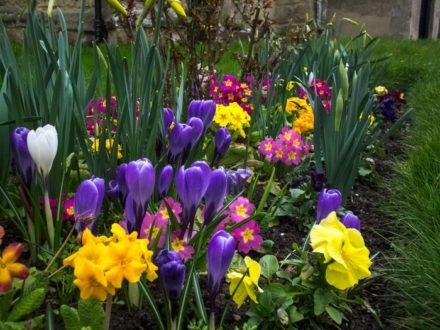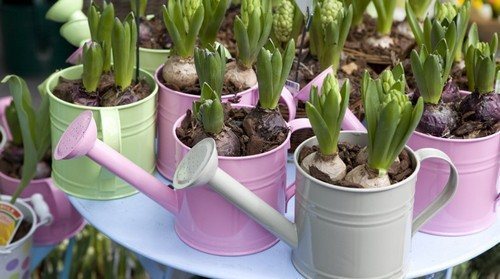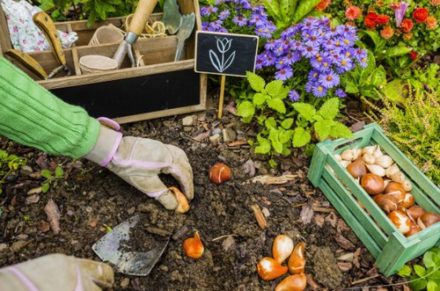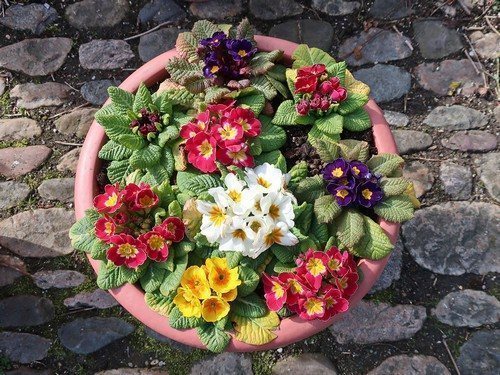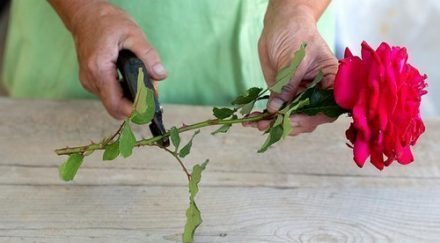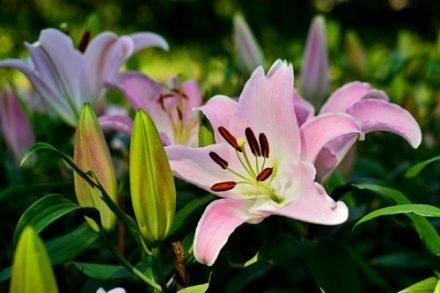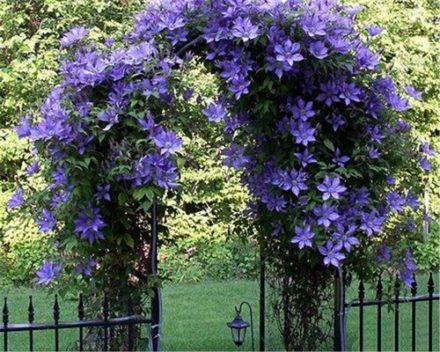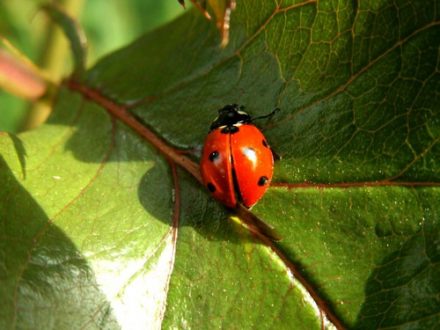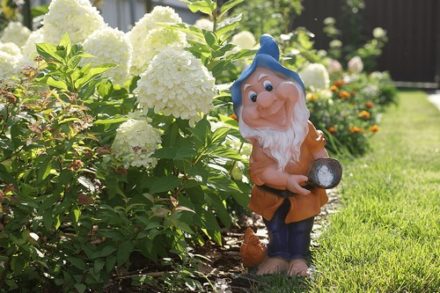Bulbous plants are early flowering and require special care. Delicate crocuses, persistent tulips, unusual hyacinths and queen lilies bloom from early spring until mid-summer. How and when to plant them correctly, what are the rules for planting bulbous plants?
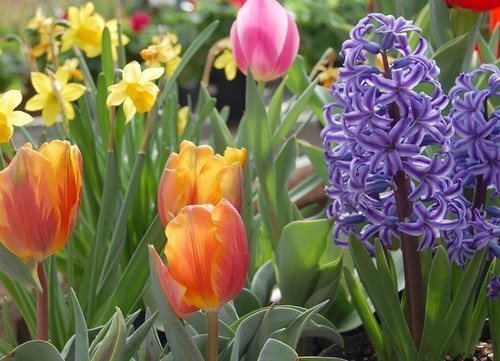
Planting material
Bulbs for planting are dug up after their green part has dried and fallen off on its own. In summer, the bulbs sleep in a cool room (in the cellar or in the refrigerator door). Such rest allows you to accumulate strength for a long and cold winter.
Planting material must be dry and free of foreign odor. If there are minor damages, it is important to cut them off with a sharp blade and treat the cuts with crushed charcoal or brilliant green. After this, the bulb should be dried in the open air for 3 days.
To maintain the health of flowers, it is important to treat them with a disinfectant before planting. The procedure should be carried out according to the instructions.

Planting site and soil
Since the root system is presented in the form of a fleshy tuber filled with moisture, plants are prone to rotting. This occurs due to stagnation of water during irrigation or if groundwater lies close to the site. Another important criterion for the growing season is sunlight. There must be a lot of it. Bulbous plants go well with garden trees, as they bloom even before abundant foliage appears.
The soil requirements for bulbous plants are as follows:
- heavy and clayey ones are diluted with sand;
- acidic or alkaline are equated to neutral indicators;
- the meager food is enriched with nutrients.
Plants will appreciate the drainage at the bottom of the planting hole, especially if the soil is heavy and clayey. Before planting, the prepared hole is well watered. Before covering planted flowers with soil, they are sprinkled with sand to protect them from rot.
Boarding time
The period for planting bulbs begins from mid-August to November. It all depends on the type of plant:
- small-bulbous plants, such as crocuses, scylla, chionodox, are planted at the end of August;
- daffodils are planted in late August - early September;
- tulips and lilies - in early September;
- but it is better to plant hyacinths no earlier than mid-October.
The signal for the beginning of rooting will be a favorable environment - moist soil, the average temperature of which is +10 0C. Sometimes planting in warm autumn can stimulate flower growth. This is extremely undesirable, since the plant will put all its energy into pushing out the green part instead of rooting. This often happens with tulips when October and November are warm. Green forcing should be covered with moss or spruce branches to protect it from frost.
Late planting is also not always good for flowers, and it is important not to miss the moment. Because if a warm autumn abruptly gives way to early frosts and heavy rains, the bulb simply will not have time to take root. Such plants do not survive the winter and die.
How to protect from frost
When planting young plants, it is important to take care of the first wintering. The first important point is the planting depth. To properly deepen a flower, you should start from two indicators:
- Root size. Large bulbs are planted at a depth equal to the height of 2 bulbs. Small ones are planted deeper - by 3 such indicators.
- Soil quality. If the soil is light, the plants are deepened; if the soil is heavy, they are planted closer to the surface.
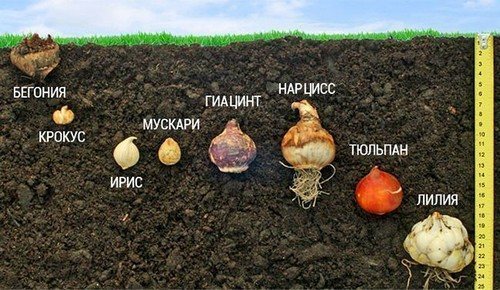
The future flowerbed is insulated with peat, dry sphagnum moss or spruce branches. When the first rays of the sun appear, the shelter is removed so that the soil warms up and the primroses do not dry out from excess moisture.
Early flower bed decorations are the first news of spring. When everything is just beginning to awaken, these beautiful and fragile flowers are already full of colors. They should be looked after with special care and love.



